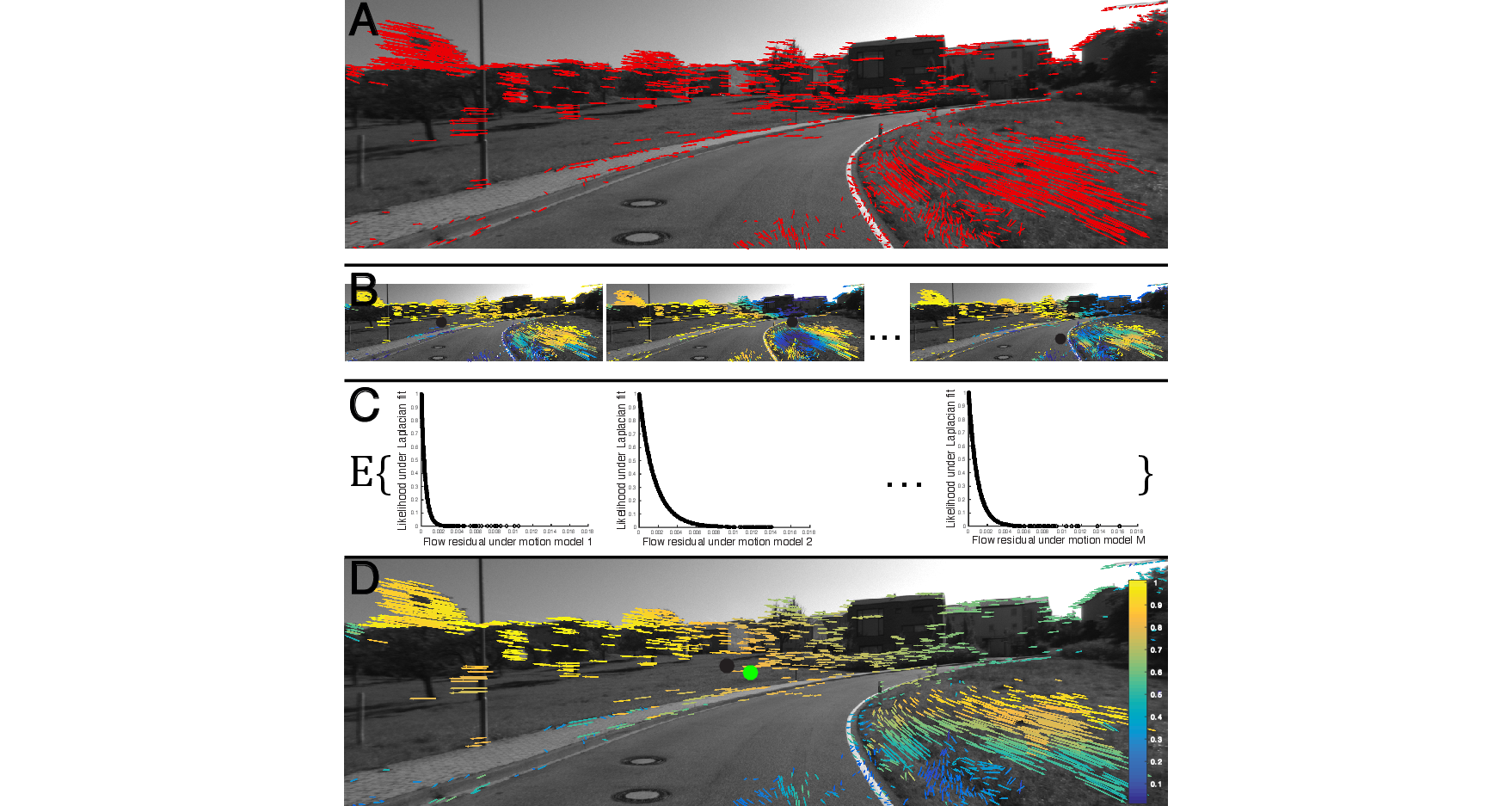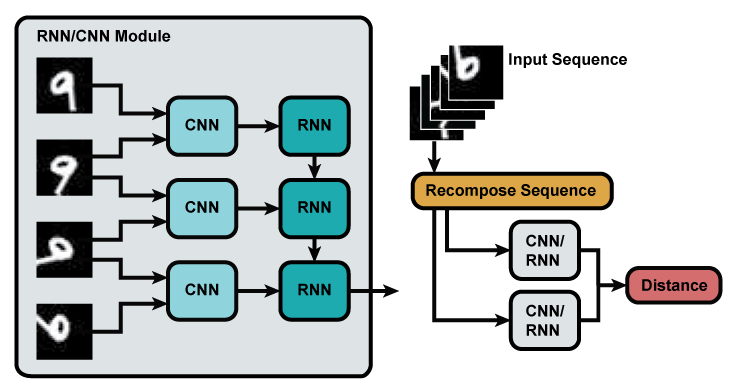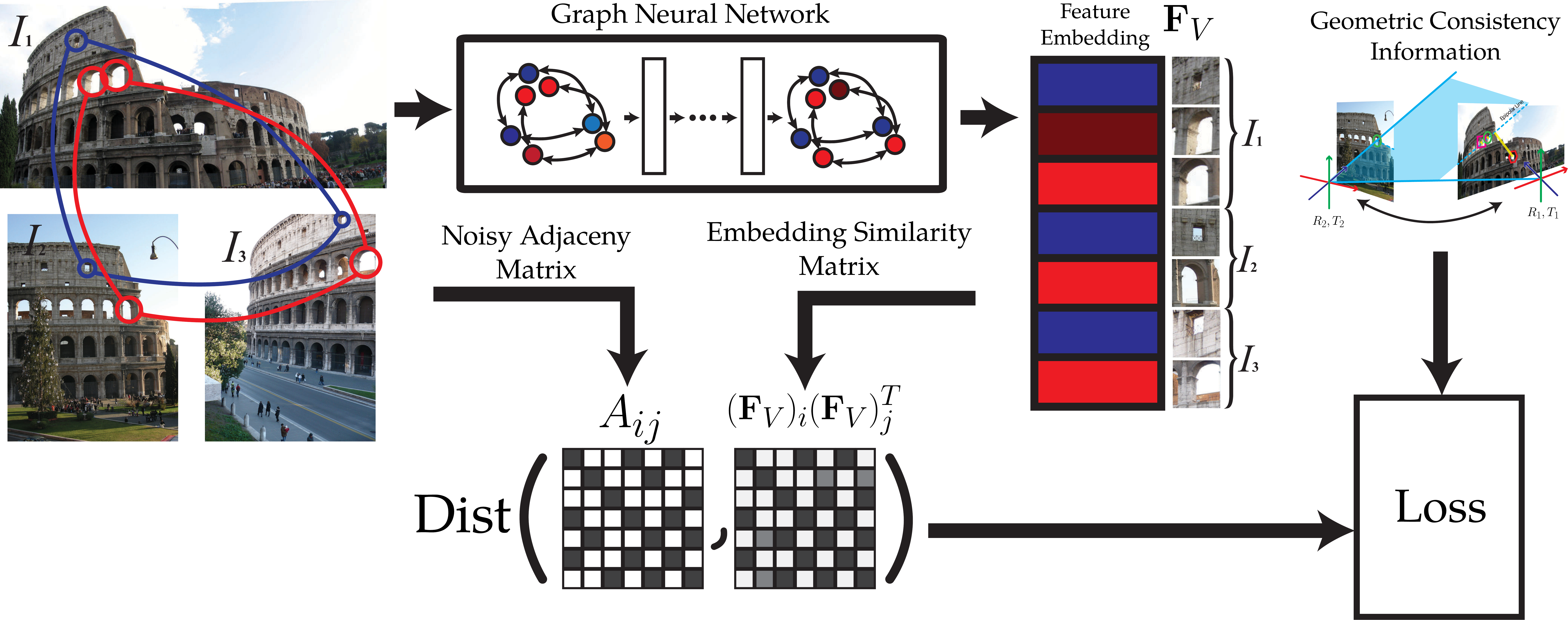Page Not Found
Page not found. Your pixels are in another canvas.
A list of all the posts and pages found on the site. For you robots out there is an XML version available for digesting as well.
Page not found. Your pixels are in another canvas.
About me
This is a page not in th emain menu
Published:
Quite different from my other work, this is project was a collaboration with the Frick Museum of Art in New York and UPenn. A fairly open ended project, our group explored various ways computer vision could complement art history. I supervising numerous projects including:
Published:
In this work we hope to combine the work from the robust optimization literature anddeep learning literature to create a general framework for robust matching. It can be usedto enhance performance in existing deep learning frameworks or to improve performancein robust learning frameworks. We leverage the aforementioned primal-dual trainingtechniques to learn more robust matching estimators. We formulate a Lagrangian primal-dual training framework for robust matching problems in asemi-supervised setting. Synthetic experiments have proved promising in a semi-supervised setting, and tests are underway for real-world data.
Published:
From my previous work, I have focused on computer vision with multiple cameras to obtain geometric information such as pose. More recent trends, such as in the self-driving car industry, have focused on incorporating data from multiple complementory sensors. This is called sensor fusion, and while more complex has many advantages over using a single kind of sensor. Cameras and radars complement each other’s information quite well, but research on fusing the two has only recently started to gain interest. Using graph neural networks, we hope to be able to use data-driven methods to fuse the sensors more robustly in more settings.
Published in Proceedings of2016 IEEE International Conference on Robotics and Automation (ICRA), 2016

Recommended citation: Andrew Jaegle, Stephen Phillips, Kostas Daniilidis, "Fast, robust, continuous monocular egomotion computation." Proceedings of2016 IEEE International Conference on Robotics and Automation (ICRA), 2016. https://arxiv.org/pdf/1602.04886.pdf
Published in Proceedings of International Conference on Learning Representations (ICLR), 2018

Recommended citation: Andrew Jaegle, Stephen Phillips, Daphne Ippolito, Kostas Daniilidis, "Understanding image motion with group representations." Proceedings of International Conference on Learning Representations (ICLR), 2018. https://arxiv.org/pdf/1612.00472
Published in IEEE Conference on Computer Vision and Pattern Recognition Workshop: Image Matching: Local Features and Beyond, 2019

Recommended citation: Stephen Phillips, Kostas Daniilidis, "All Graphs Lead to Rome: Learning Geometric and Cycle-Consistent Representations with Graph Convolutional Networks." IEEE Conference on Computer Vision and Pattern Recognition Workshop: Image Matching: Local Features and Beyond, 2019. https://arxiv.org/pdf/1901.02078.pdf
Published:
This is a description of your talk, which is a markdown files that can be all markdown-ified like any other post. Yay markdown!
Published:
This is a description of your conference proceedings talk, note the different field in type. You can put anything in this field.
Undergraduate Course, University of Pennsylvania, CIS Department, 2015
Undergraduate course serving as an introduction to robotics for CIS majors (though it has changed quite a bit since I taught it). Besides helping design the projects, homework, and tests, I implemented the auto-grader for the course. The other Teaching Assistants and I also modified Create Robots for the students to implement the algorithms they learned on real robots. We had to implement basic controllers and fiducial tracking systems to abstract the control and perception problems from the students. For the final project, the students had to navigate through a maze using the planning algorithms they had learned.
Undergraduate Course, University of Pennsylvania, CIS Department, 2016
Designed the homework, projects, and infrastructure for the Coursera course Robotics: Perception, as part of GRASP Lab’s Robotics Specialization on Coursera. Had to design the codebase, grader, and some of the teaching assets of the course. Also helped with some of the homework for Robotics Capstone course, including visualizations for the projects.
Graduate Course, University of Pennsylvania, MEAM Department, 2016
The capstone course for the Robotics Masters program at the University of Pennsylvania. Helped TA this course for 3 separate years: 2016, 2018, and 2019. Covering a wide range of topics, this course teaches the basics of how to design the control and perception for an autonomous quadrotor. It is a heavily project based course. In 2019, I lectured for the majority of the perception based part. In all of the years, I helped design the homework for the perception part of the course, and also maintained the autograder for the projects (using my experience from CIS 390: Planning and Perception).
Online Master's Course, University of Pennsylvania, CIS Department, 2020
Online course for Computer Science masters (MCIT) students with no expected background in Computer science. Covered basics of linear algebra to prepare for machine learning applications. Responsible for redesigning the projects and project auto-grader. Other responsibilities include grading, office hours, forum monitoring, and several recitation.
Online Undergraduate Elective, University of Pennsylvania, CIS Department, 2021
Project-based course at the intersection of computer vision and visual studies, co-designed and co-instructed online with Dr. Will Schmenner. Project teams in the course developed datasets in addition to thinking and writing more generally about the stakes of computer vision and the digital humanities.
Undergraduate Course, Swarthmore College, Engineering Department, 2021
Course to introduce students to the fundamentals of digital and embedded systems. Students also learn basic programming skills, and apply those skills to build embedded systems. Embedded topics include the link between hardware and software, analog to digital and digital to analog systems, and an introduction to actuators (LED’s, speakers, servo motors, etc.) and sensors (buttons, accelerometers, microphones, etc.). Primarily taught lectures. Also covered embedded systems in a social context and students gave projects based on it.
Undergraduate Course, Swarthmore College, Engineering Department, 2021
Project-based course at the intersection of computer vision and visual studies, co-designed and co-instructed online with Dr. Will Schmenner. Project teams in the course developed datasets in addition to thinking and writing more generally about the stakes of computer vision and the digital humanities.
Undergraduate Course, Swarthmore College, Engineering Department, 2022
Course to introduce difference equations and discrete-time transform theory, the Z-transform and Fourier representation of sequences, and fast Fourier transform algorithms. Discrete time transfer functions and filter design techniques are also introduced. This course introduces the architecture and programming of digital signal processors. Course has projects on Linear Predictive Coding and Octave-Band filtering.
Undergraduate Course, Swarthmore College, Engineering Department, 2022
Course to introduce students to the fundamentals of digital and embedded systems. Students also learn basic programming skills, and apply those skills to build embedded systems. Embedded topics include the link between hardware and software, analog to digital and digital to analog systems, and an introduction to actuators (LED’s, speakers, servo motors, etc.) and sensors (buttons, accelerometers, microphones, etc.). Primarily taught lectures. Also covered embedded systems in a social context and students gave projects based on it.
Undergraduate Course, Swarthmore College, Engineering Department, 2022
Sophomore/Junior level project-focused course on fundamentals of robotics, including kinematics, dynamics, path planning, and mapping. Project focused course using ROS and the Turtlebot platform to implement concepts gone over in class.
Published:
Recommended citation: Ahmet Coskun, Richie Nagi, Kayvon Sadeghi, Stephen Phillips, Aydogan Ozcan, "Albumin testing in urine using a smart-phone." In the journal of Lab on a Chip, 2013. https://www.ncbi.nlm.nih.gov/pmc/articles/PMC3810448/
Published:
Recommended citation: Isa Navruz, Ahmet Coskun, Justin Wong, Saqib Mohammad, Derek Tseng, Richie Nagi, Stephen Phillips, Aydogan Ozcan, "Smart-phone based computational microscopy using multi-frame contact imaging on a fiber-optic array." In the journal of Lab on a Chip, 2013. https://www.ncbi.nlm.nih.gov/pmc/articles/PMC3804724/
Published:
Recommended citation: Susann Ludwig, Hongying Zhu, Stephen Phillips, Ashutosh Shiledar, Steve Feng, Derek Tseng, Leendert Ginkel, Michel Nielen, Aydogan Ozcan, "Cellphone-based detection platform for rbST biomarker analysis in milk extracts using a microsphere fluorescence immunoassay." In the journal of Analytical and bioanalytical chemistry, 2014. https://www.worldfoodinnovations.com/userfiles/documents/Article%20on%20Hormone%20Detection.pdf